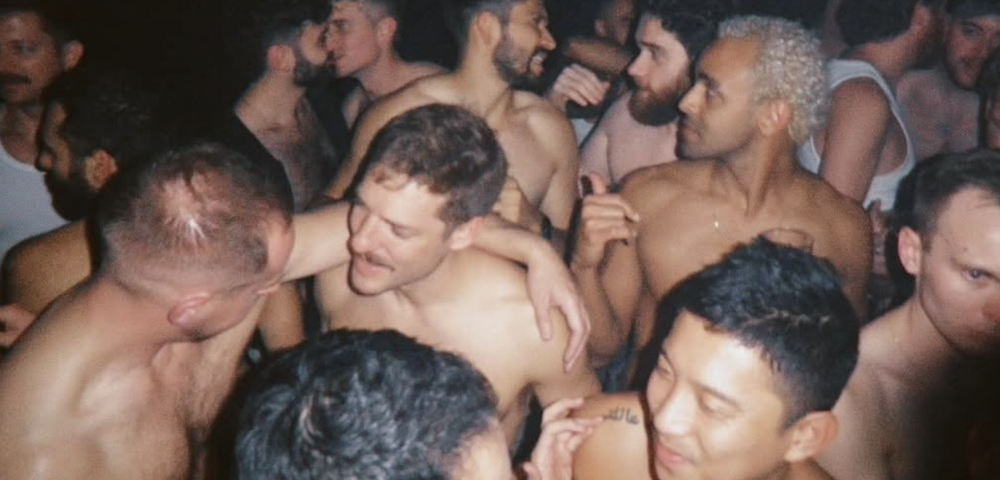
Two Australian men “clear” of HIV after new treatment

LEVELS of HIV in two Australian men have reduced to undetectable levels following bone marrow transplants at Sydney’s St Vincent’s Hospital, say researchers.
The two men are only the third and fourth people worldwide known to have effectively clear themselves of the virus.
The breakthrough comes just a day before the 20th International AIDS Conference in Melbourne, or AIDS 2014, which starts tomorrow.
However, academics are stopping short of declaring a cure amid concerns the virus my only be dormant and could return if HIV medications are halted.
Director of St Vincent’s Haematology and Bone Marrow Transplantation, Dr Sam Milliken, said the transplant was a “terrific unexpected result” for people living with HIV.
“It may well give us a whole new insight into HIV, using the principles of stem cell transplantation,” Milliken said.
The men, aged 53 and 47 years of age, had been living with HIV for 11 years and more than 20 years respectively.
Both contracted cancer — one leukaemia, the other lymphoma — and were treated with bone marrow transplants.
While one transplant had a copy of a gene that affords protection against the virus, the other patient had a bone marrow donation without any generic fingerprint that would afford immunity.
Nevertheless, both cleared the virus and have been effectively HIV-free for more than three years.
Professor David Cooper, of the University of NSW’s Kirby Institute, was happy with the outcome.
“We’re so pleased that both patients are doing reasonably well years after the treatment for their cancers and remain free of both the original cancer and the HIV virus,” he said.
“A model of the transplant may help us envisage a long term cure for HIV.”
However, researchers are reluctant to take both men off antiretroviral (ARV) treatments after the virus returned in a Boston man who underwent a similar procedure and then stopped taking medication.
“We don’t want to stop ARV treatment just yet. It has gone to such low levels we can’t find it but we need to find out where the virus is hiding… which will be essential to understand in order to achieve a cure,” Cooper said.
Even in the Boston patient the virus took many months to return after treatment had halted, compared to people who haven’t had a transplant and had also stopped taking ARVs.
National People Living with HIV Australia spokesperson Bill Whittaker said the findings were cutting edge: “The research is interesting and valuable to not only lead to a cure but also get better treatments along the way.”
However, transplants were only suitable to people living with both HIV and certain cancers due to the possibility of death in 10 per cent of cases.
“There’s no way this sort of approach could be extended in any major way as it’s an expensive and dangerous procedure and not a functional cure,” Whittaker said.
“But the more we can learn the more we’ll be bale to develop treatments.”
St. Vincent’s and the Kirby Institute are now looking to set up an Australian hub for bone marrow transplants.









